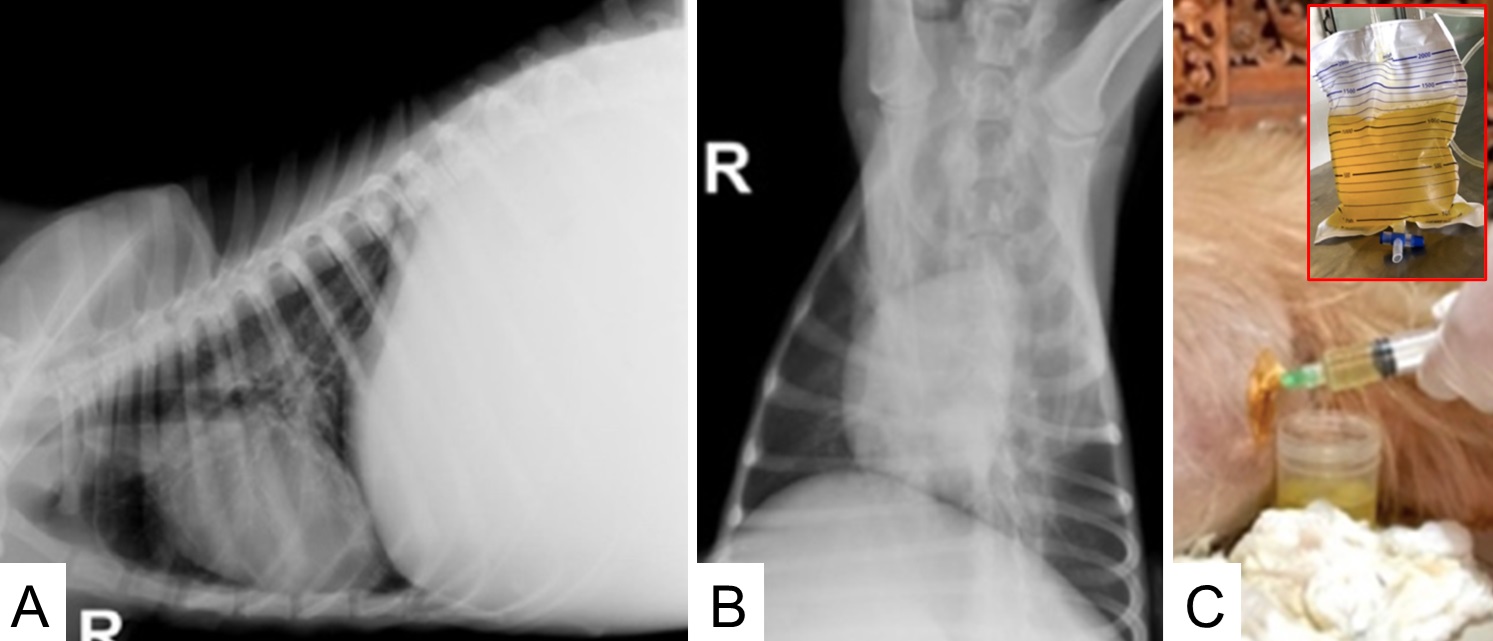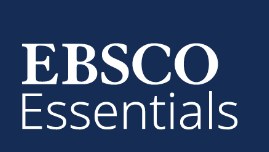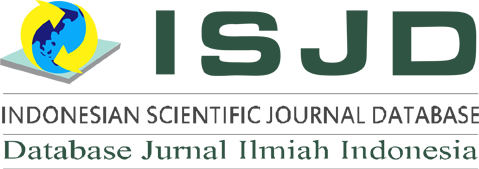Multifactorial case of ascites and anemia in a Golden Retriever involving Babesia sp. and Toxocara canis infections
Abstrak
Seekor Golden Retriever jantan berusia tujuh tahun menunjukkan gejala lesu, anoreksia, pembesaran perut, dan kelemahan. Tes hematologi mengungkapkan limfositosis, anemia mikrositik hipokromik dengan anisositosis, hipoalbuminemia, hiperglobulinemia, dan peningkatan kadar alkalin fosfatase (ALP), urea nitrogen darah (BUN), dan kreatinin. Pemeriksaan radiografi menunjukkan pneumonia, bentuk jantung yang abnormal menyerupai huruf "D" terbalik, dan penumpukan cairan di rongga perut. Apusan darah menunjukkan infeksi Babesia sp. Selain itu, anjing tersebut mengeluarkan cacing yang diidentifikasi sebagai Toxocara canis. Interaksi kompleks antara infeksi T. canis, disfungsi multi organ, infeksi Babesia sp., dan malnutrisi berkontribusi pada perkembangan asites dan anemia dalam kasus ini. Pengobatan termasuk abdominocentesis dan terapi cairan. Anjing tersebut juga diberi resep furosemide, methylprednisolone, digoxin, Hematodin®, VipAlbumin®, dan Drontal® untuk infeksi cacing. Sayangnya, anjing tersebut meninggal pada hari ke-5 pengobatan karena dehidrasi dan anemia yang memburuk.
Unduh
Referensi
Assawarachan SN, Maneesaay P, Thengchaisri N. 2020. A descriptive study of the histopathologic and biochemical liver test abnormalities in dogs with liver disease in Thailand. Canadian Journal of Veterinary Research. 84(3): 217-224.
Cahyanti PY, Widyastuti SK, Jayanti PD, Sewoyo PS, Permana R. 2023. Ascites with abdominal venous distention due to liver dysfunction in dog: a case report. Indonesia Medicus Veterinus. 12(2): 223-232. https://doi.org/10.19087/imv.2023.12.2.223
Choi Y, Park CM, Kim JW, Park YS, Lee J, Choi JW, Lee CH. 2018. Toxocariasis mimicking lymphoma and presenting as multiple lymphadenopathy: a case report. Journal of the Korean Society of Radiology. 79(5): 286-289. https://doi.org/10.3348/jksr.2018.79.5.286
Gatta A, Verardo A, Bolognesi M. 2012. Hypoalbuminemia. Internal and Emergency Medicine. 7: 193-199. https://doi.org/10.1007/s11739-012-0802-0 | PMid:23073857
Huang LL, Xia HHX, Zhu SL. 2014. Ascitic fluid analysis in the differential diagnosis of ascites: focus on cirrhotic ascites. Journal of Clinical and Translational Hepatology. 2(1): 58. https://doi.org/10.14218/JCTH.2013.00010
Jana S, Das PK, Banerjee D, Ghosh D, Mukherjee P, Mukherjee J. 2019. A case study on ascites of hepatic origin in a dog. Indian Journal of Animal Health. 58(1):135-138. https://doi.org/10.36062/ijah.58.1.2019.135-138
Maria KK, Ioannis LO. 2016. The interpretation of leukogram in dog and cat. Hellenic Journal of Companion Animal Medicine. 5(2): 62-68.
Mazzaferro EM, Rudloff E, Kirby R. 2002. The role of albumin replacement in the critically ill veterinary patient. Journal of Veterinary Emergency and Critical Care. 12(2):113-124. https://doi.org/10.1046/j.1435-6935.2002.00025.x
Nwoha RI. 2019. Review on ascites in pets. In Veterinary Medicine and Pharmaceuticals. IntechOpen: 127.
Oh SY, Woo HY, Lim L, Im H, Lee H, Lee JM, Hong SK, Choi Y, Yi NJ, Lee KW, Suh KS. 2024. Comparison of postoperative ascites replacement strategies on time to first flatus after living donor liver transplantation: Albumin vs. lactated Ringer's solution. Clinical Transplantation. 38(1):e15231. https://doi.org/10.1111/ctr.15231 | PMid:38289882
Poser H, Guglielmini C. 2016. Pulmonary hypertension in the dog. Acta Veterinaria-Beograd. 66(1): 1-25. https://doi.org/10.1515/acve-2016-0001
Schneider S, Hartmann K, Dörfelt R. 2023. Influence of intravenous 10% amino acids infusion on serum albumin concentration in hypoalbuminemic dogs. Frontiers in Veterinary Science. 10:1198534. https://doi.org/10.3389/fvets.2023.1198534 | PMid:37342623 | PMCid:PMC10277565
Yoon JS, Yu D, Park J. 2021. Changes in the serum protein electrophoresis profile in dogs with pyometra. Frontiers in Veterinary Science. 8: 626540. https://doi.org/10.3389/fvets.2021.626540 | PMid:33732740 | PMCid:PMC7956968

Copyright (c) 2024 CC-BY-SA

This work is licensed under a Creative Commons Attribution-ShareAlike 4.0 International License.
Authors who publish with this journal agree to the following terms:
1. Authors retain copyright and grant the journal right of first publication with the work simultaneously licensed under a Creative Commons Attribution License that allows others to share the work with an acknowledgement of the work's authorship and initial publication in this journal.
2. Authors are able to enter into separate, additional contractual arrangements for the non-exclusive distribution of the journal's published version of the work (e.g., post it to an institutional repository or publish it in a book), with an acknowledgement of its initial publication in this journal.
3. Authors are permitted and encouraged to post their work online (e.g., in institutional repositories or on their website) prior to and during the submission process, as it can lead to productive exchanges, as well as earlier and greater citation of published work (See The Effect of Open Access).











